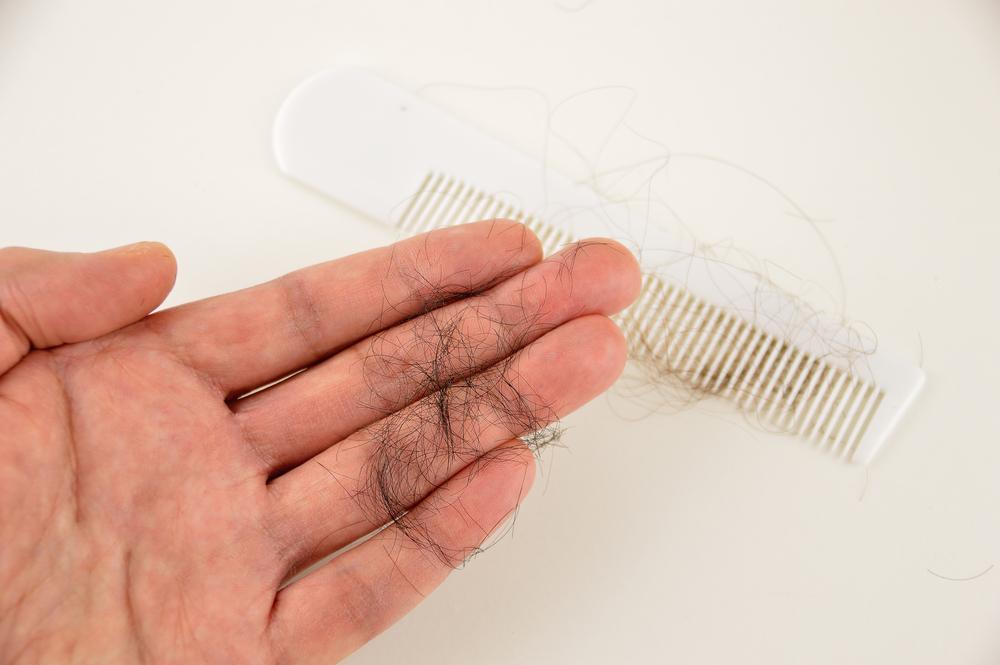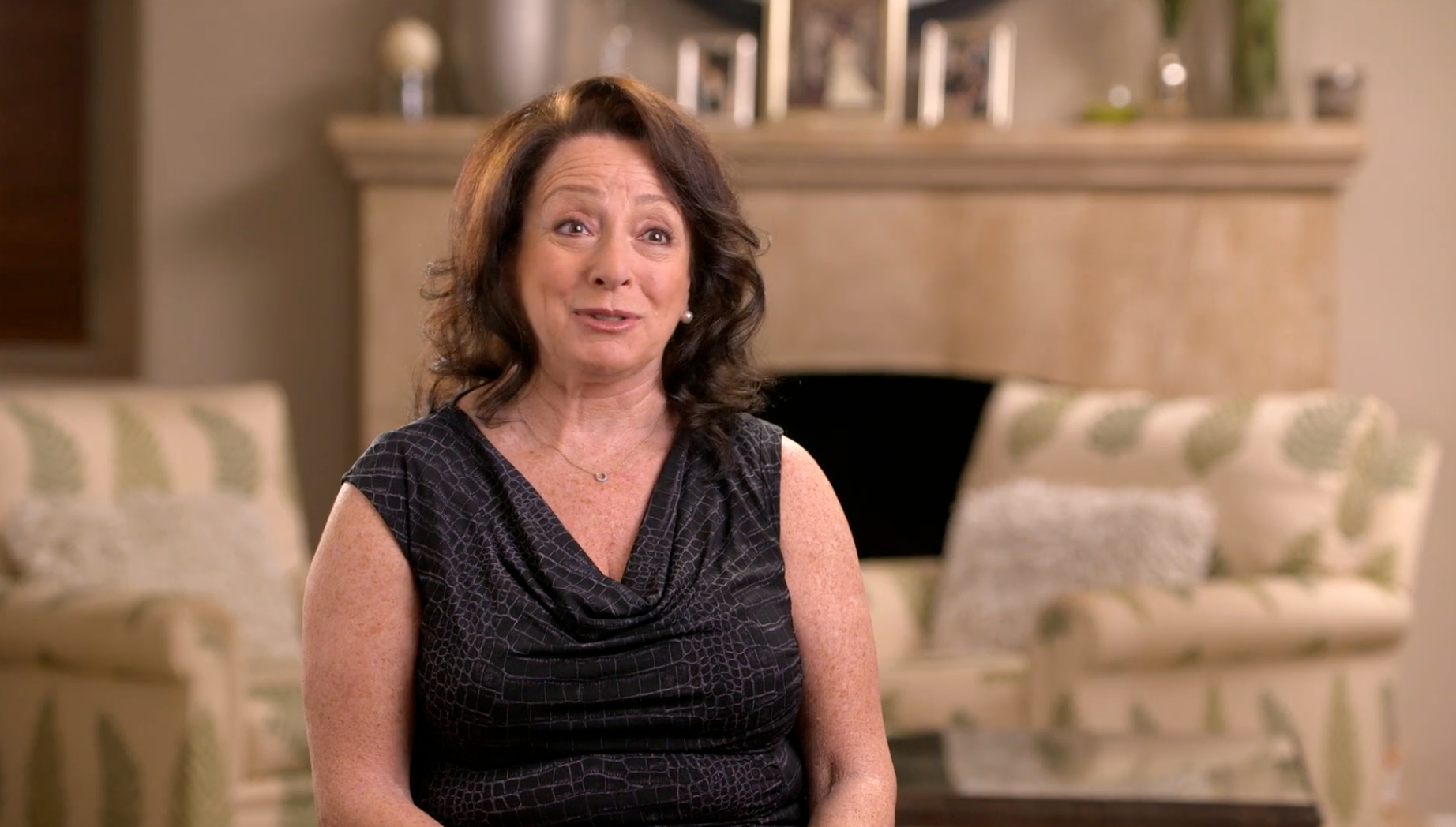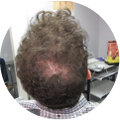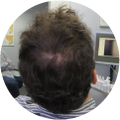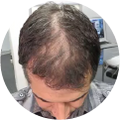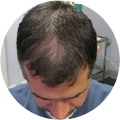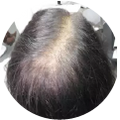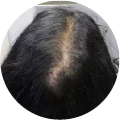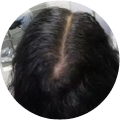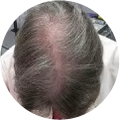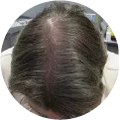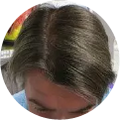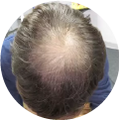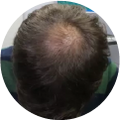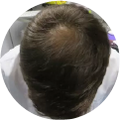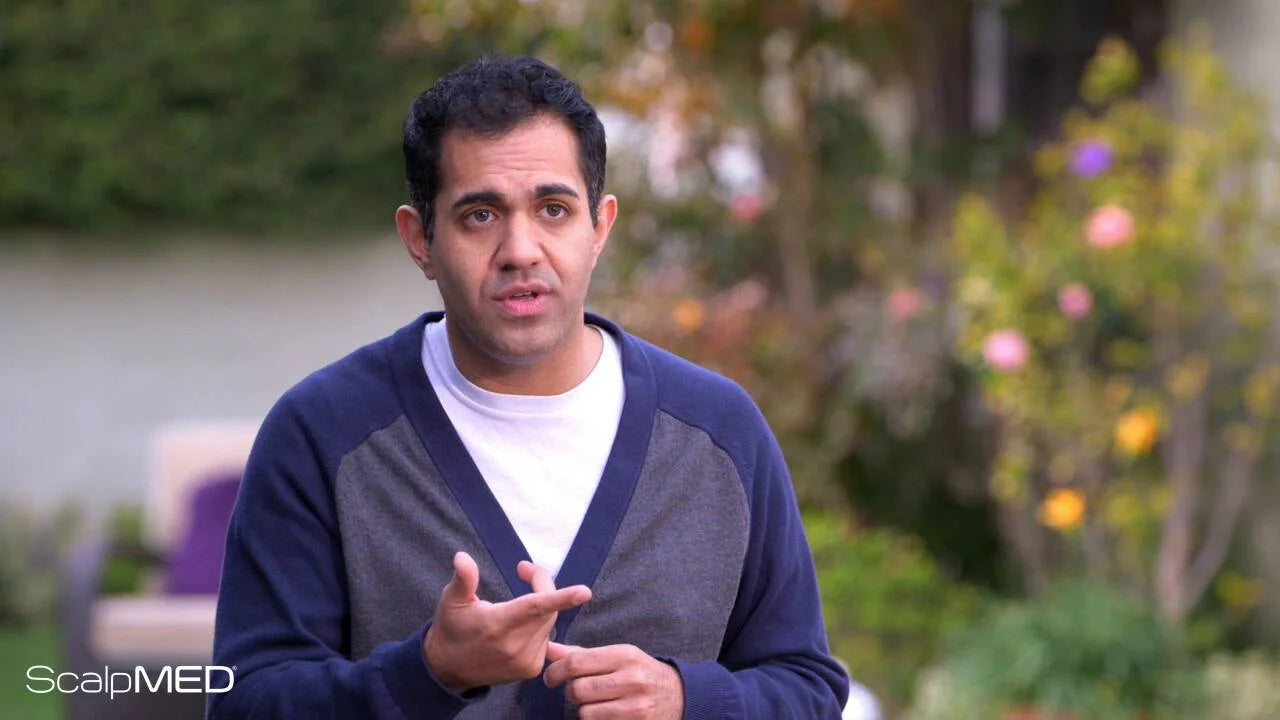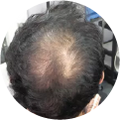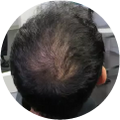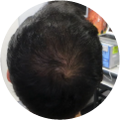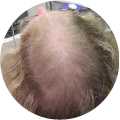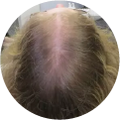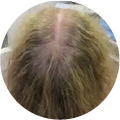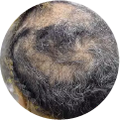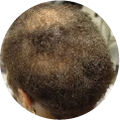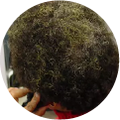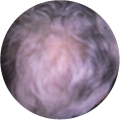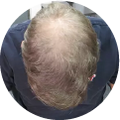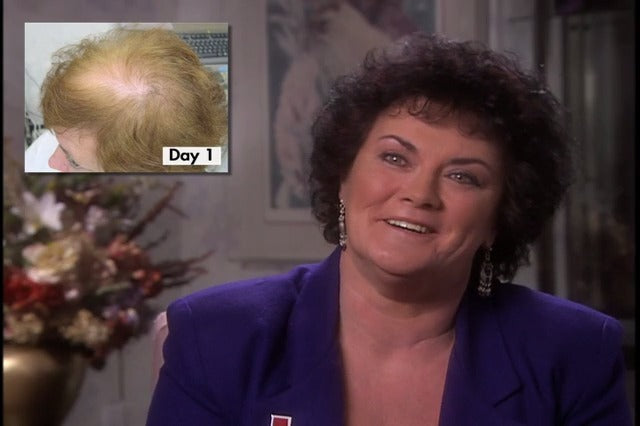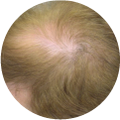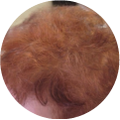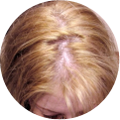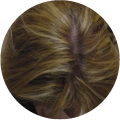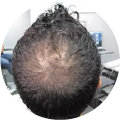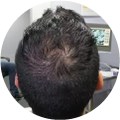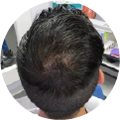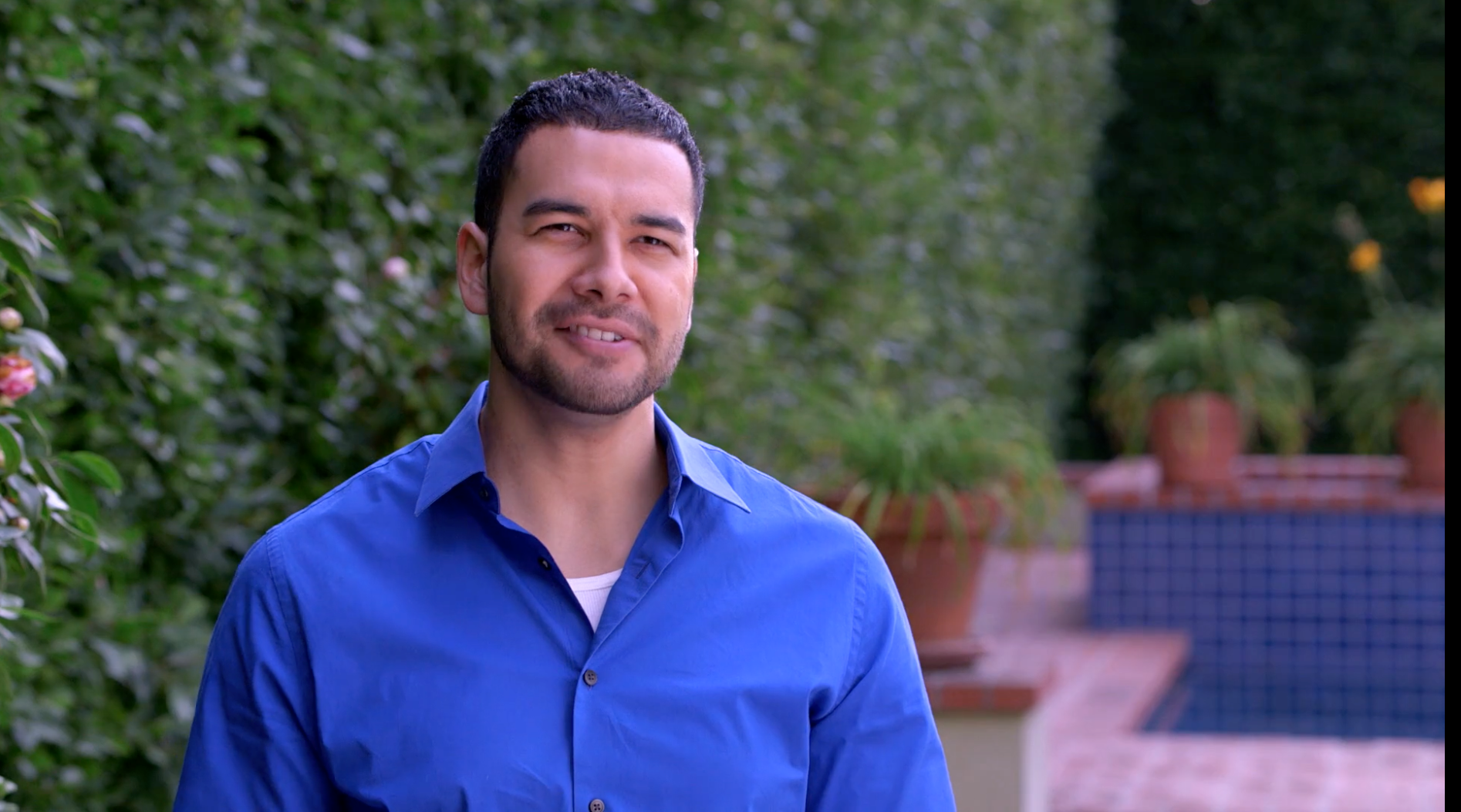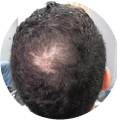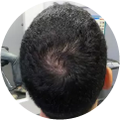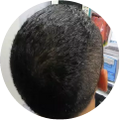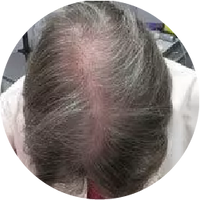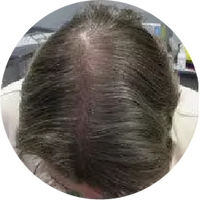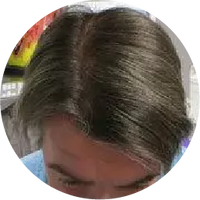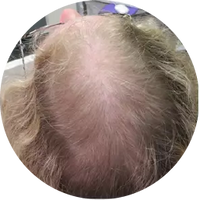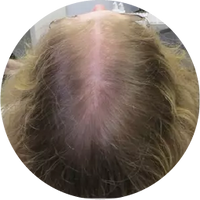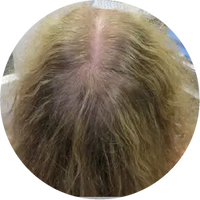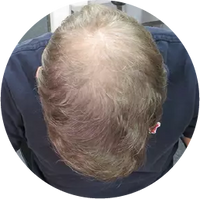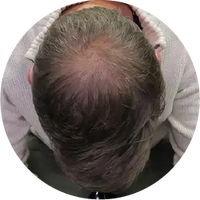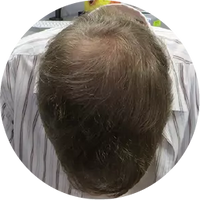
Experiencing hair loss or hair thinning is often accompanied by feelings of embarrassment, shame, and a sense of helplessness. Hair loss often begins without warning and can sometimes rapidly accelerate. In order to successfully treat hair loss, it is important to determine the cause of hair loss or hair thinning in order to select the right treatment option. Men and women of all ethnicities and races experience hair loss or hair thinning; however, the root cause of hair loss can vary between ethnicities due to a multitude of biological and environmental factors. When analyzing Asian women, hair loss can be traced back to a handful of common causes in many cases. To help you to understand ethnic hair loss, we have put together a foundational guide to common causes of hair loss in Asian women and a number of potential treatment options.
The Hair Growth Process
Before examining the most prevalent causes of hair loss in Asian women, it is important to first understand how the hair growth process functions in order to recognize how various conditions may affect or alter it. The hair growth cycle is divided into three distinct phases: anagen, catagen, and telogen. Below is a breakdown of what occurs in each stage of the hair growth process.
- Anagen: Anagen is the longest-lasting phase of the hair growth cycle, typically having a duration of between two and six years depending on the individual. The duration of the anagen growth phase is a significant determining factor in how long an individual’s hair will naturally grow. People who possess a longer anagen growth phase will be capable of growing much longer hair than those with a short active phase of hair growth. Anagen is characterized as the active growth phase of the hair growth cycle. During the anagen stage, cells within the root at the base of the hair are undergoing rapid and continual division. This process of continued division generates new hair that is forced to the surface, thereby replacing a club hair. A club hair is a hair that is no longer growing and is not in the anagen growth phase of the hair growth process. During the anagen phase, the hair will grow on average one centimeter every twenty-eight days.
- Catagen: Catagen is a much shorter phase in the hair growth cycle, typically lasting between two and three weeks. The catagen phase is commonly regarded as the transitional phase of the hair growth cycle, as it is during this phase that a hair transition from actively growing to a club hair that is no longer growing. This process occurs when the outer root sheath begins to shrink and attaches to the root of the hair, thereby forming a club hair. At any given time, roughly three percent of the hairs on the surface of the scalp are in the catagen phase of the hair growth process.
- Telogen: The final stage of the hair growth process is the telogen phase, which is known as the resting phase. The telogen stage of the hair growth process lasts on average one hundred days. At any given time, six to eight percent of the hairs on the scalp are in the telogen stage of the hair growth cycle. During the telogen stage, the formation of the club hair is complete, and the hair follicle is no longer growing, it is at rest.
When analyzing the hair growth process, it is common to wonder how much hair is really grown by most people each day, month, and year. On average, individuals will grow 0.5 millimeters of hair per day, 0.5 inches of hair per month, and six inches of hair per year. With this overview of the hair growth process in mind, it is now possible to examine some of the most common causes of hair loss in Asian women.
Common Causes of Hair Loss in Asian Women
In order to determine the right treatment option to combat hair loss or hair thinning, it is necessary first to uncover what the underlying cause of the hair loss is. While Asian women are less likely to experience hair loss than their Caucasian and African American counterparts, there has been an increase in instances of hair loss in Asian women in recent years. While the cause of the steady incline has not yet been determined, there is some conjecture that it may be due to a number of factors that accompany a more industrialized and westernized culture and environment. Below are several of the most common causes of hair loss in Asian women.
- Genetics: One of the most common causes of hair loss in Asian women is genetics. Some individuals are genetically predisposed to develop certain diseases and conditions that their ancestors have had in the past. In general, the most common type of hair loss to result from this genetic predisposition is female pattern hair loss, also sometimes referred to as female pattern baldness. This is often regarded as a type of hair loss that stems directly from a variety of different genetic factors and is one of the most common forms of hair loss for women around the world. Female pattern hair loss often exhibits thinning of the hair on the top or crown of the head, as well as a widening of the center part of the hair. The severity of hair loss varies on a case-by-case basis. This type of hair loss occurs due to a miniaturization of the hair follicles. This miniaturization is recognizable by hair follicles that have become shorter in height, whose growth has slowed, and who have begun to lose strength. In some cases, hair follicles may cease growing hair completely.
- Smoking: Smoking is another cause of hair loss in Asian women. While studies around the effect of smoking on hair growth are not prevalent, it is acknowledged that those who do smoke are more likely than their non-smoking counterparts to experience hair loss. The best way to mitigate this risk is to stop smoking and to form healthier habits to replace the desire to smoke.
- Telogen Effluvium: Telogen effluvium is a type of hair loss that occurs a result of a disruption to the telogen phase of the hair growth process. Effluvium denotes that there is an outflow of some sort, in this case, an outflow of hair from the surface of the scalp. Telogen effluvium is a common form of hair loss, but despite its prevalence, there is scant research available on how telogen effluvium works and if any links exist between the various causes of telogen effluvium. Telogen effluvium is marked by a decline, usually significant, in the number of hairs on the head in the active growth phase. Concurrent with this decline in actively growing hairs, the body increases the number of hairs in the telogen or resting, phase of the hair growth cycle, thereby increasing the number of hairs being shed. Telogen effluvium can vary significantly in severity and is dependent on the individual. Telogen effluvium often presents as thinning at the crown or top of the head, though in some cases it may affect the sides or back of the head as well. Telogen effluvium will not cause a full loss of all hairs on the head, and it is completely treatable and reversible since there is no damage to the follicles, just a disproportionately high number in the telogen phase. Potential causes of telogen effluvium are a reaction to an environmental event or a stressful factor.
- Stress: For women of all ethnicities, stress is a common cause of hair loss. Stress causes the body to adapt abnormal biological processes and interferes with normal occurrences within the body in peculiar and at times unpredictable, ways. Stress manifests itself differently9 in each person, and for some, a stressor can cause hair loss or hair thinning. This cause of hair loss requires that actions be taken to remove or reduce the stressor in order to allow normal hair growth processes to begin again. Stress often affects the telogen phase of the hair growth cycle by increasing the number of hairs that are shed during this phase.
- Childbirth: Giving birth to a child is a wonderful experience in a woman’s life, but with this momentous occasion comes an unbalance of hormones within the body. Childbirth is a strenuous process on a woman’s body, and immediately following the birth of a baby, the body endures a surge of hormones. Due to this hormonal imbalance, some women may develop hair loss or hair thinning following childbirth. If this occurs, it is likely that it will resolve itself over time as the body naturally regulates its own hormones and returns to a state of equilibrium. However, if this issue subsists, it is important to seek the help of a licensed medical professional to determine the right treatment option.
- Anemia: Anemia is the moniker chosen to denote when an individual has become iron deficient. Iron deficiency can stem from a number of different factors, including blood loss, diet, genetics, and medications being taken. Iron deficiency can cause some individuals to begin to experience hair loss or hair thinning; however, this is usually quickly resolved when iron levels become regulated. Iron deficiency is relatively simple to combat through the ingestion of a daily iron supplement, though some also boost their iron levels by adjusting their diet to consume a higher quantity of iron-rich foods.
- Menopause: Menopause is a phase in a woman’s life that is defined by change. During menopause, women experience varying levels of hormones, which in some women can cause hair loss or hair thinning to occur. As with women following childbirth, this hormonal imbalance will usually resolve itself over time. If the body does not naturally regulate its hormone levels, it is important to seek the guidance of a licensed medical professional as it may necessitate a hormonal supplement to regulate the levels.
- Protein Deficiency: Just as individuals can become iron deficient, they can also become protein deficient. Protein is a building block that plays an integral role in the formation of healthy hair, and when an individual is lacking the protein they need, their hair can begin to thin or fall out as a result. Protein deficiency in women is most often caused by a diet that is not rich enough in protein. In order to rectify this imbalance, it is necessary to incorporate more protein into the diet, such as in the form of fish, meat, nuts, quinoa, beans, and eggs.
Treatment Options for Hair Loss in Asian Women
There are many different treatment options available that vary greatly in cost and effectiveness. Finding the right treatment option can be the difference between daily feelings of insecurity and locks of healthy hair you can feel confident about, so it is important to analyze a variety of different options to find what works for you. For some women, using a shampoo designed to boost hair growth can be an effective treatment option for mild hair thinning. Many women have seen improvement from the use of an oral supplement, particularly supplements that specifically aim at increasing hair growth through their inclusion of ingredients like Biotin, Vitamin A, Vitamin B, Vitamin C, and Vitamin D. However, for more severe cases of hair loss or hair thinning, this may not be a targeted and effective enough regimen to accomplish the desired results. In these cases, it is important to compare the relative advantages and disadvantages of surgical and non-surgical treatments. Hair transplants can be costly, painful, and often do no achieve a natural and full appearance. However, topical treatments have been shown to be very effective in growing back lost hair. Scalp Med’s proven effective regimen includes a proprietary two-step system that utilizes innovative technology to reverse hair loss due to hereditary and non-hereditary causes. Scalp Med is unique in the landscape of topical hair treatments because of NutriSol®, which creates an ideal environment to regrow hair, and Vitadil®, which is the only FDA-approved ingredient clinically proven to regrow hair. If you are experiencing hair loss or hair thinning, Scalp Med may be the solution you have been looking for.



